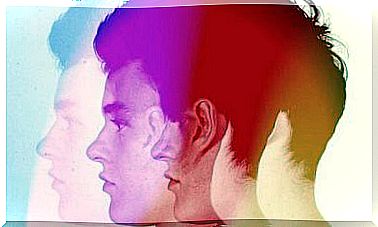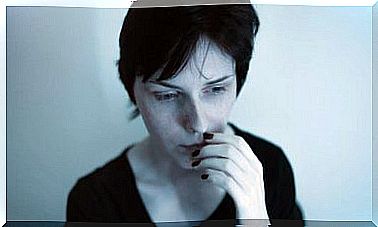My Chronic Illness Is “invisible “, Not “imaginary “
We live in a society where chronic disease continues to be invisible. We are talking about realities as harsh as fibromyalgia which is, for many, an imaginary affection thanks to which one can justify one’s work absences. We have to change our mentality: no need to have an injury to recognize that suffering is genuine.
Socially invisible chronic diseases (ECSI) involve, according to data from the “World Health Organization” (WHO), almost 80% of current ailments. We are talking, for example, of mental illnesses, cancer, lupus, diabetes, migraines, rheumatism, fibromyalgia … Affections that are fragile for those who suffer from them and which force patients to confront a society that is too accustomed to it. to judge without knowing.
Likewise, living with a chronic illness means taking a journey that is as slow as it is lonely. The first step on this path is to find a definitive diagnosis of what is happening. It is not easy. In fact, it can take years for a person to finally put a name on what is going on in their body. Later, after having accepted the disease, the most complex intervenes: regaining one’s dignity, and a quality of life linked to pain as a traveling companion.
If we add to this incomprehension and lack of sensitivity, we will understand why depression arises in addition to the basic illness. On the other hand, let’s not forget that a large part of those affected by chronic diseases are children.
It is an important and very deep social issue, which must be reflected on.
I have a chronic illness that you can’t see, but that is real
Many people with chronic illness often feel the need to carry a sign. A sign in all caps that explains what is happening to them, so that others understand them. To better understand this reality, let’s take an example.
Marie is 20 years old and drives to university. She parks in the handicapped square. She also uses a parasol in her classroom. One day, she sees her image shared on social networks. People laugh at her because she is eccentric, because she walks with a parasol. In addition, we insult her because she has the nerve to park in a disabled place when she is doing very well: two legs, two arms, two eyes and a pretty face …
Days later, Marie finds herself obliged to speak with her colleagues at the university: she has lupus. The sun reactivates her illness and she wears two prostheses at the level of the hips. His illness is not visible at first glance, but is there. It changes his life, and forces him to be stronger, more courageous every day.
So how do you live without being describing your pain all the time, having to put up with the faces of skepticism or compassion every day?
Marie does not want to constantly tell everyone what is happening to her. She does not want to follow any particular treatment, she only wants respect, understanding. To be normal in a world where the individual is objectified, where if someone is sick, it must be seen and be able to signal itself .
Invisible diseases and the emotional world
The degree of disability of each chronic disease varies from person to person. There are those who have more autonomy and those who can be more or less “operational” depending on the time and the day. In this case, the person will have times when the disease weakens him and others, without knowing why, when he can better cope with it.
There is a non-profit organization called the “Invisible Disabilities Association” (IDA). Its function is to educate and reconnect the person suffering from an invisible disease to his entourage and to society. This association asserts that living with a chronic condition involves a problem, even in the home and school environment.
Many adolescent patients, for example, sometimes receive criticism from those around them because they believe that they are using their illness to not fulfill their obligations. Fatigue is not, however, due to laziness. Their pain is no excuse for not going to school or not doing homework. These situations can, little by little, end up disconnecting the person from their reality and even making them even more invisible.
The importance of being emotionally strong
No one has chosen to have migraines, lupus, bipolar disorder… Instead of facing what life has given them, there is a better option; to accept, to struggle, to be assertive, to get up every day despite the pain or the fear.
- A chronic disease implies having to accept all the peculiarities that accompany it. One of them is to accept the judgment of others. We must prepare with adapted confrontation strategies.
- We must not have qualms about saying what happens to us, about defining our disease. We must make the invisible visible so that those around us become aware of it. There are days when you can do it all and others when you can’t do anything. But we remain the same.
- We must also be able to defend our rights. Both at the professional level, as in the case of children in educational centers.
- Neurologists, rheumatologists and psychiatrists advise something essential: movement. You have to move and get up every morning. Even though pain makes us prisoners, there is one thing we need to know. If we stop, darkness, negative emotions and despondency take hold of us.
In conclusion, we must know that people affected by socially invisible chronic diseases do not need our compassion. They do not want preferential treatment either. The only thing they ask for is empathy, consideration and respect… Because sometimes the most intense, wonderful or devastating things, like love or pain, are invisible to the eyes.
We don’t see them, but they are there.









